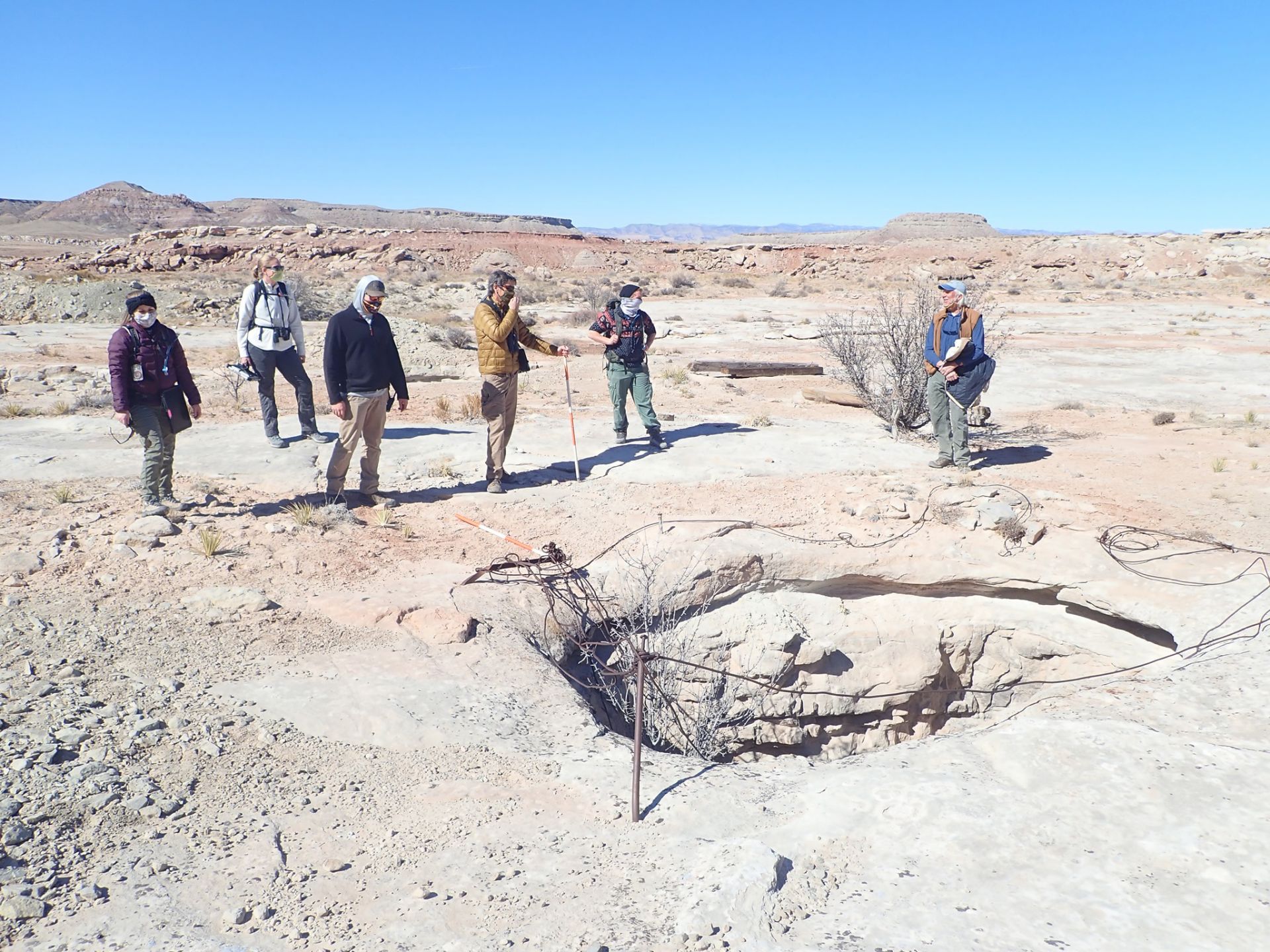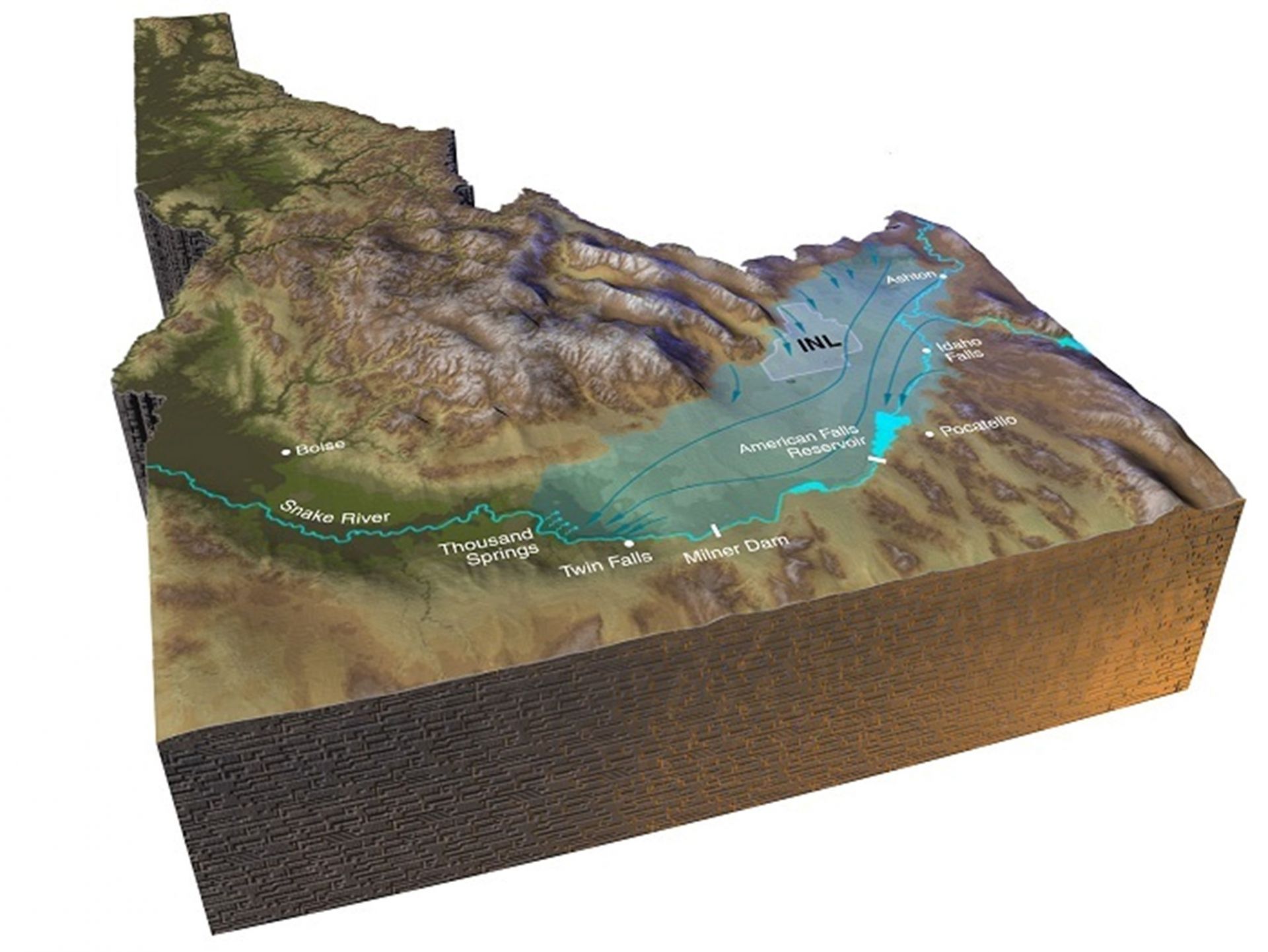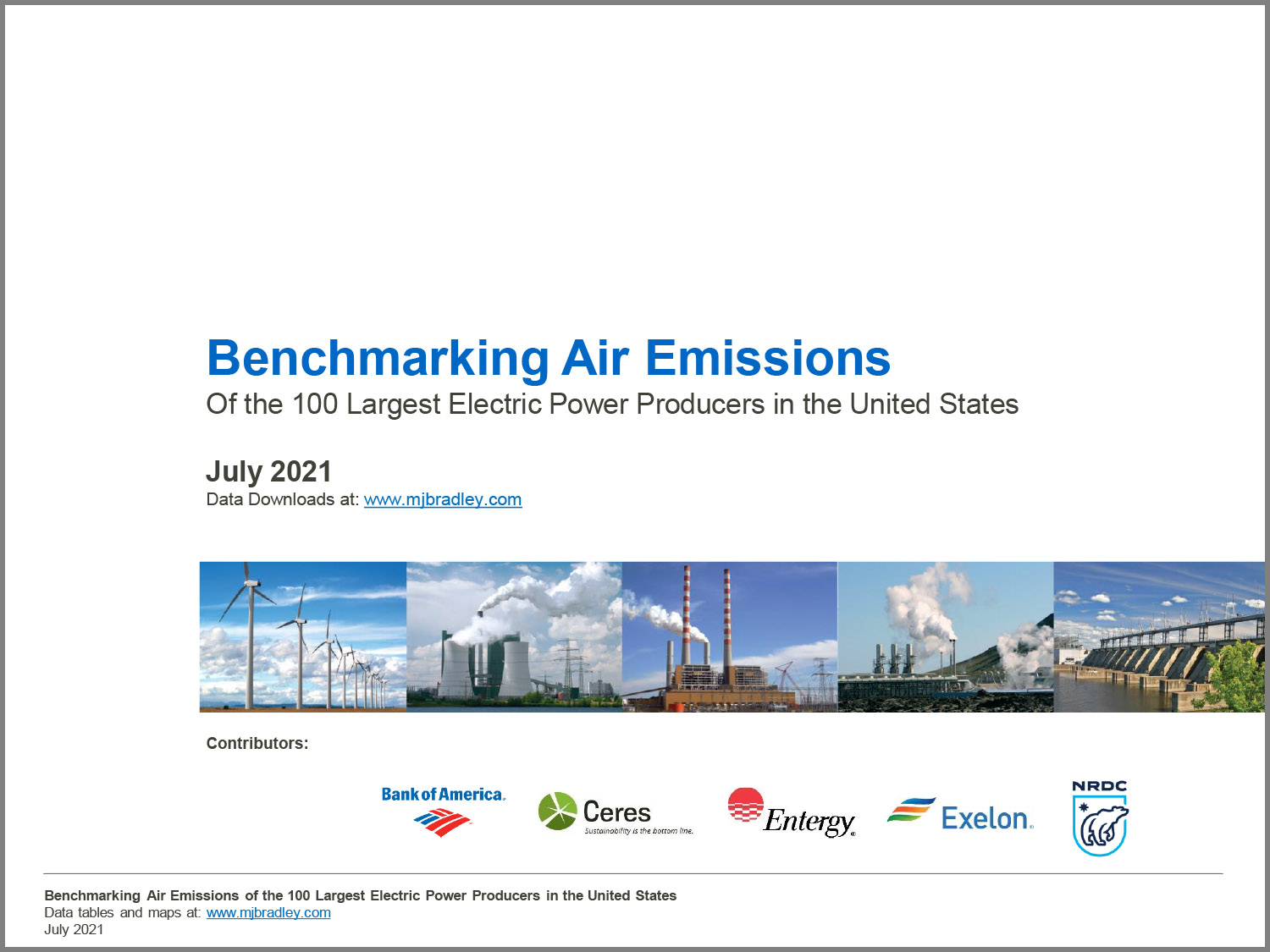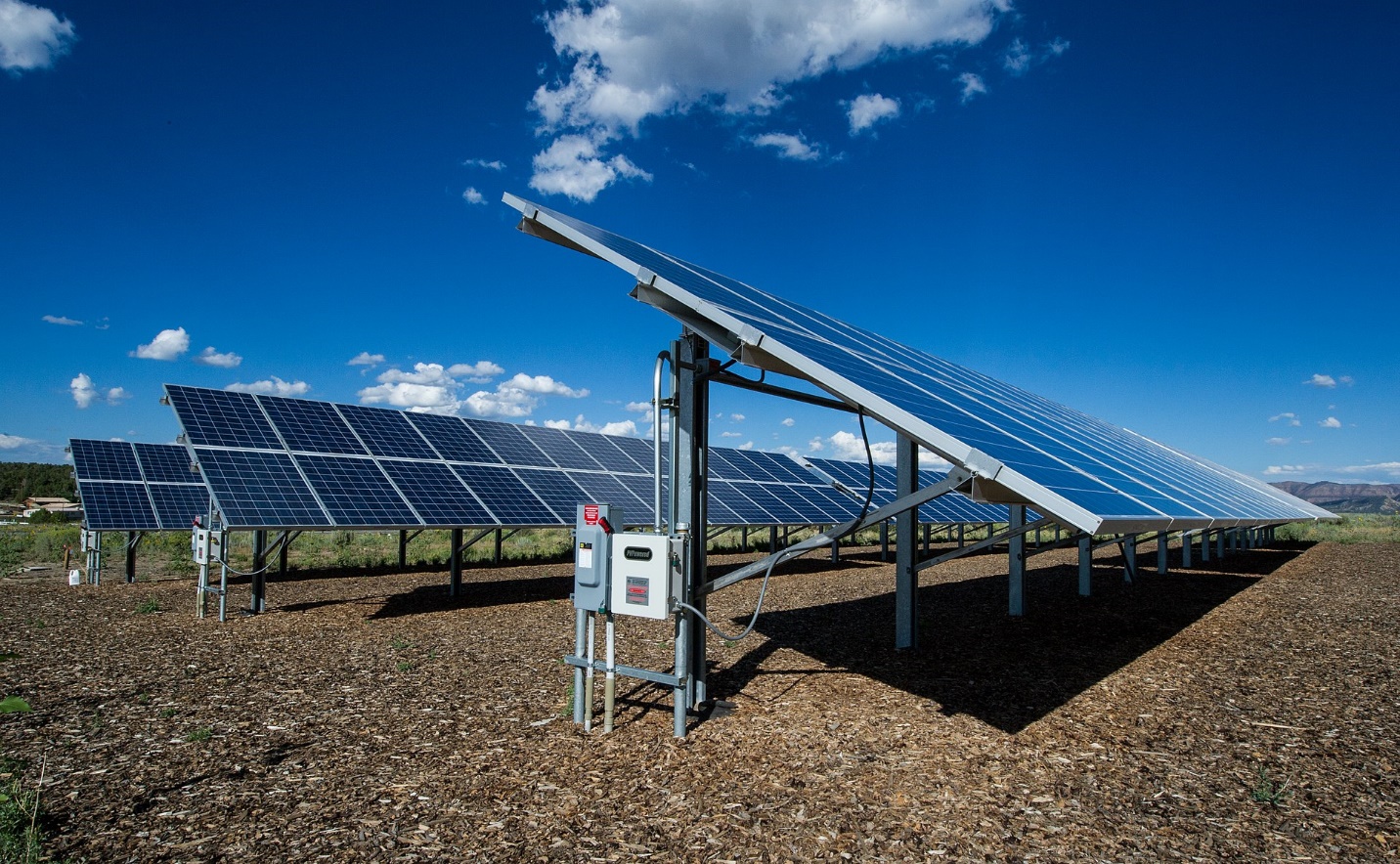What about the waste?

Craig Piercy
cpiercy@ans.org
It’s always the first question asked. So, what is your approach? You have options.
You could go the “Yucca Mountain is the law of the land” route. But you’ll soon run into an immutable political truth. Nevada’s early presidential caucuses make it highly unlikely that any candidate would ever take a favorable position on Yucca unless it enjoyed commensurate support in the state. Not convinced? Nevada Gov. Stephen Sisolak signed a bill in August that replaces their closed caucus system with a primary during the first week in February, thereby putting the state in competition with Iowa and New Hampshire to be the “first primary” of the 2024 election. Face it: While you weren’t looking, Nevada secured its consent rights over Yucca Mountain; it’s just written in a different part of the law.
You could also double down on reprocessing/recycling and argue that we need some sort of Manhattan Project. But that requires convincing Congress that it’s a good idea for the government to build large, first-of-a-kind, multibillion-dollar fuel cycle facilities, the economics of which will be based on the estimated price of uranium (or thorium?) some number of decades from now. Good luck with that. As much as a grand solution to the fuel cycle may appeal to our engineering instincts, the funding simply isn’t there—there are no checks left in Washington’s checkbook.




 within the Hanford Site.png)
 Carbon dioxide emissions from the U.S. power sector fell 10 percent between 2019 and 2020, according to the 17th and latest edition of
Carbon dioxide emissions from the U.S. power sector fell 10 percent between 2019 and 2020, according to the 17th and latest edition of  The Environmental Protection Agency has awarded three contracts for cleanup efforts at more than 50 abandoned uranium mine sites in and around the Navajo Nation in the southwestern United States. The Navaho Area Abandoned Mine Remedial Construction and Services Contracts, worth up to $220 million over the next five years, were awarded to the Red Rock Remediation Joint Venture, Environmental Quality Management, and Arrowhead Contracting, the agency announced on February 11.
The Environmental Protection Agency has awarded three contracts for cleanup efforts at more than 50 abandoned uranium mine sites in and around the Navajo Nation in the southwestern United States. The Navaho Area Abandoned Mine Remedial Construction and Services Contracts, worth up to $220 million over the next five years, were awarded to the Red Rock Remediation Joint Venture, Environmental Quality Management, and Arrowhead Contracting, the agency announced on February 11. A recent article from
A recent article from 

